Industry Study:
KSA Renewable Energy Sector
Overview of the renewable energy sector in the Kingdom
Introduction
Saudi Arabia is blessed with abundant natural resources of wind and solar irradiation, which offers the potential for incorporating renewable energy into the country’s energy mix as well as contributing to the transition of its economy away from fossil fuel dependency. This reflects the global shift towards “Net Zero”, where the amount of greenhouse gas produced is balanced or, ideally, exceeded by the amount removed from the atmosphere. This case study aims at offering an overview of the Renewable Energy sector in Saudi Arabia.
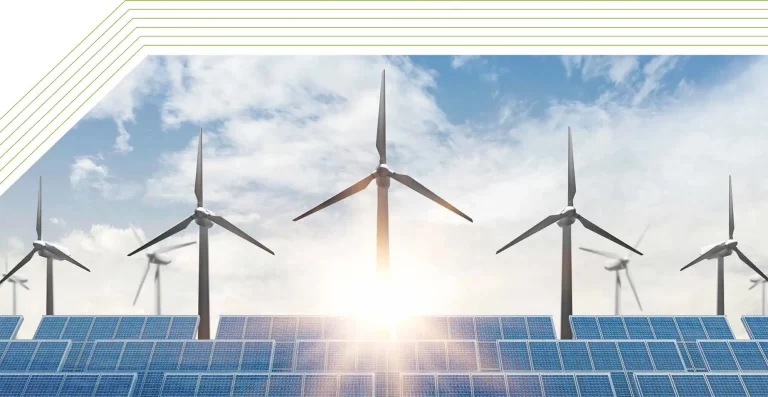
The National Renewable Energy Program (NREP)
One of the enabling programs of Vision 2030 is the National Industrial Development & Logistics Program (NIDLP) whose strategy for the renewable energy (RE) sector aims at:
01
Increasing the contribution of renewable energy (RE) to the energy mix through new projects and the assessment of various sources and advanced technologies in the field of renewable energy.
02
Creating jobs and work opportunities in renewable energy and rely on national workforce and supporting them through advanced training programs in this sector.
To this end, the revised National Renewable Energy Program (NREP) was announced in February 2019 and the Saudi Industrial Development Fund’s (SIDF) mandate was expanded, making it the financial enabler of NIDLP.
NREP has set a target of 58.7 GW of installed capacity by 2030, split as follows:

0
GW solar
photovoltaic (PV)

0
GW onshore
wind

0
GW hybrid generation + storage
These projects have been split 30/70 between the Ministry of Energy (MoE) and
the Public Investment Fund (PIF), respectively. As follows:
1. MoE projects (30%): are tendered and awarded based on the lowest Levelized
Cost of Energy (LCOE), measured in c/kWh. The following are the tenders launched
by MoE:
2017
Round 1 of the MoE pipeline (300 MW PV, 400 MW wind) was tendered in February 2017, with the Sakaka PV plant (winning bid 2.34 c/ kWh) being commissioned in November 2019 and the Dumat-al-Jandal wind farm (winning bid 2.13 c/kWh) completed in 2021.
2019
Round 2 (1.8 GW PV) was tendered in June 2019 and awarded in April 2021. It is worth noting that the Faisaliah Phase 1 project (600 MW) received a world record low bid of 1.04 c/ kWh.
2020
Round 3 (1.2 GW PV) was tendered in January 2020, just before COVID-19 hit, and the final shortlist was announced in October 2021.
2022
Round 4 is expected to be tendered in Q2 2022 and the tender should include the Kingdom’s second wind project (Yanbu 800 MW) as well as a 300 MW hybrid storage project.
2. PIF projects will be negotiated (70%): They are intended to develop the local manufacturing industry, balanced by the need to generate economical electric power, currently has one PV project under active development – Sudair (2.2 GW), which will be implemented in two phases:
2021
Round 1 which (1.5 GW) was announced by HRH the Crown Prince in April 2021.
2022
Round 2, expected to be announced in Q2 2022, will comprise two PV projects: Shuaiba II (2.1 GW) and Rabigh II (300 MW).
All NREP projects sign a Power Purchase Agreement with the Saudi Power Procurement Company (SPPC) – the Kingdom’s “Principal Buyer” – whereby 100% of the electricity produced will be purchased at a fixed price for 20 to 25 years.
Other non-NREP utility-scale projects
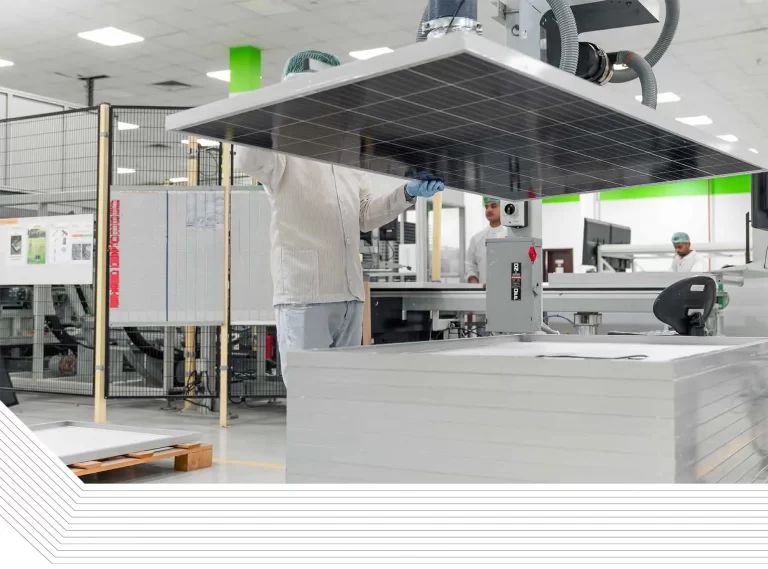
The Kingdom’s giga projects (NEOM, Red Sea Development, Amaala, and Qiddiya) are all planned to be powered by renewable energy, although precise details (capacity, technology, timeline) are yet to be known. A Joint Venture between NEOM, ACWA Power, and Air Products (USA) is currently developing a 1.2 Million ton/year-green hydrogen/ammonia plant powered by 4 GW of wind and solar PV.

Main Players in renewable energy sector in the Kingdom
Government Stakeholders
01
Ministry of Energy:
Responsible for the tendering 30% of NREP project pipeline and the localization of the energy sector in coordination with the Ministry of Investment and the National Industrial Cluster Program (NIDC).
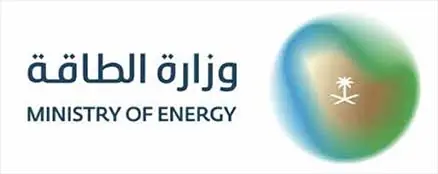
02
Ministry of Industry and Mineral Resources:
Supports the development of the manufacturing sector through licensing, land allocation, and other supporting services.
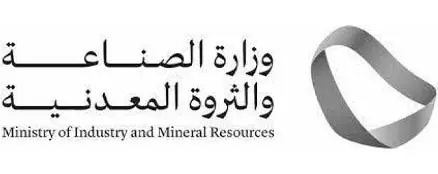
03
Water & Electricity Regulatory Authority (WERA):
Develops and implements regulations for the connection of distributed generation projects to the Grid; issuer of Generation Licenses where required.
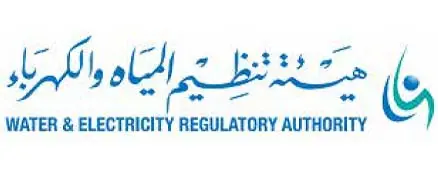
04
Saudi Power Procurement Company (SPPC):
The off-taker (counterparty in the Power Purchase Agreements or PPA) for all electricity generation projects including Renewable Energy (RE).

Overview of Renewable Energy Local Projects
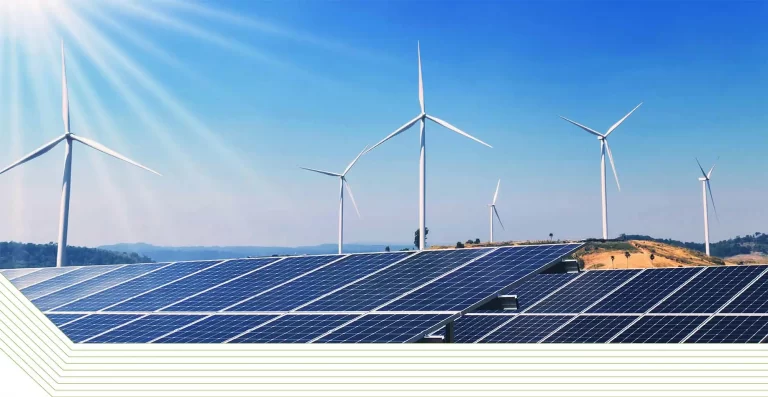
The local RE manufacturing sector is still in its infancy with the two completed utility-scale RE projects having been constructed using imported equipment. There are a number of manufacturers which have just recently started production or are under development and these are expected to supply MoE Round 4 onwards and the PIF project pipeline. A bright exception is the module mounting system used in the Sakaka PV plant where all the precision steel components were produced locally.
SIDF’s Role in Supporting the Sector
In September 2019, SIDF launched its Mutajadeda Program to finance the three pillars of the renewable energy ecosystem
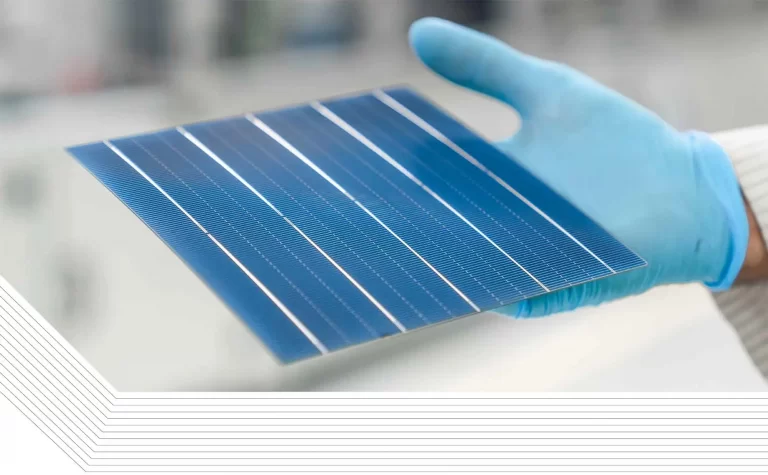
01
Component Manufacturing
for components identified as localization
priorities by MoE:
• Wind turbine towers
• nacelles, blades
• solar PV module assembly
• solar inverter assembly
• PV mounting systems
02
NREP IPP Projects
03
Distributed Generation IPP Projects
On-grid and off-grid projects for the commercial and industrial sectors (mall rooftops, factory power plants, etc.)
Preferential terms include longer repayment periods (up to 12 years), grace periods (up to 36 months), and financing of up to 75% of project cost. To date, SIDF has approved loans for over SR 500 Million to the RE sector.
SWOT Analysis
Strengths
1. Ambitious government targets for RE
share of the energy mix and commitment
to diversifying the power sector away
from oil in order to conserve feedstock for
exports.
2. Largest economic market in the region
with increasing energy demand.
3. Largest construction sector in the Middle
East.
4. Low transmission and distribution losses
due to sustained investment in the power
grid infrastructure.
5. High levels of solar resource and low land
prices enable cost-effective projects.
6. Government support through local content
requirements.
7. Giga projects committed to green energy
using locally manufactured products
where possible.
Weaknesses
1. Low-capacity manufacturing plants that
do not benefit from economies of scale.
2. Delayed project tendering and no clear
project pipeline.
3. Poor regulatory environment and lack of
incentives not favorable for extensive
penetration by distributed generation.
4. Limited local R&D capabilities, none at the
industrial scale.
5. Limited experienced human resources at
all levels.
Opportunities
1. Short- and medium-term global demand for
RE (electricity and equipment) has increased
post-COP26.
2. Energy exports to the region.
3. Development of an R&D ecosystem.
4. Solar-powered water desalination should be
an integral part of Saudi Arabia's long-term
energy strategy.
5. Increased global demand for “green”
hydrogen produced by RE as opposed to
fossil fuels.
6. Huge potential for distributed generation
on residential rooftops if regulatory
environment improves.
7. If 2030 targets are to be met, the RE sector
will be undersupplied across the board.
Threats
1. Aggressive competition from Chinese
imports.
2. Delays in the NREP project tendering
process.
3. Overcapacity in the electricity market,
combined with an ambitious nuclear program
and a lack of electricity trading, could
undermine the incentive for renewable
energy development.
4. Subsidy cuts and tariff restructuring have
been met with public opposition and
weighed heavily on electricity consumption,
boosting the risk of project cancellations due
to lack of demand.
